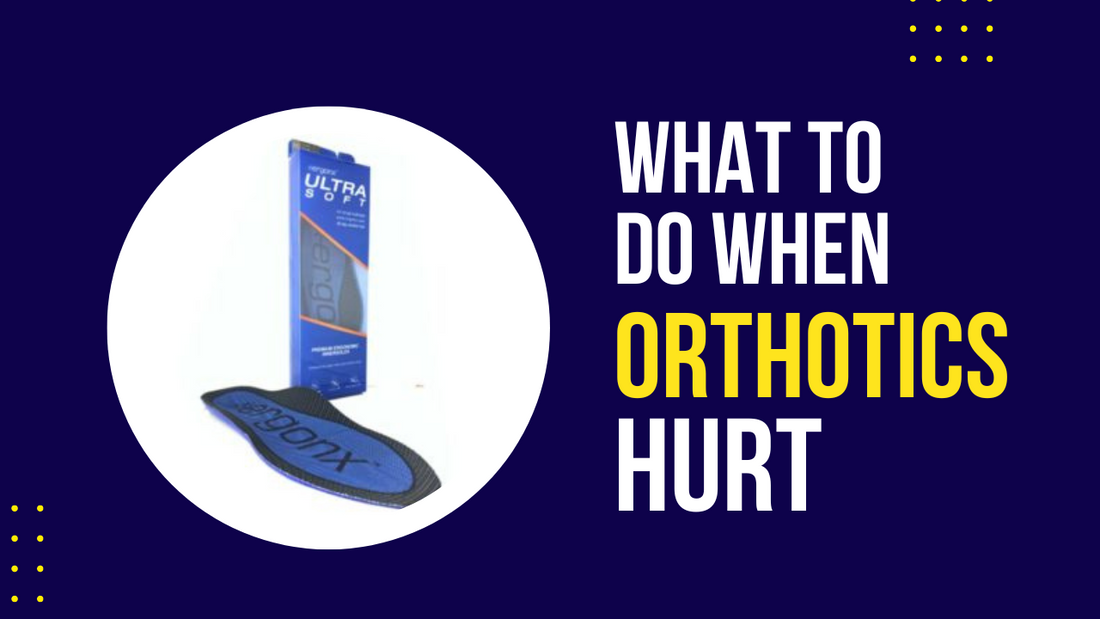What To Do When Your Orthotics Hurt
What are orthotics and why do we use them?
Orthotics are prescribed insoles placed on the inside of shoes to help encourage proper alignment of the feet. They can help address problems such as foot pain, plantar fasciitis, and overpronation. The ultimate goal of orthotics is to provide support to the feet so that patients can engage in the daily activities they enjoy without having to worry about foot pain.
Getting accustomed to your new orthotics
Like other medical devices, your body will need some time to get used to using them. The reason for this is that orthotic inserts are essentially adjusting your foot, taking over some of the work that is usually done by your foot’s muscles and ligaments.
In the beginning, they may feel uncomfortable or even painful to wear. This is often a sign that you are doing too much too fast. We recommend wearing your new orthotics for an hour on the first day and increasing that duration by an hour each additional day. Follow this progression until you can wear the orthotics for the entire day. This will usually take about a week.
It is important to note that for this first week, you should not be doing any high-impact or high-intensity activities such as running, jumping, or vigorous sports in the orthotics. Once you can wear them comfortably all day, you can then start to be more active in them.
A gradual introduction of orthotics into your exercise regimen is key to avoiding irritation and swelling of the feet. For example, if you are used to completing 5k runs, we recommend wearing the orthotics for 1-2k runs and slowly increasing the distance.
When to seek help
With orthotics, pain is not necessarily a bad sign. It is likely an indication that your foot is being supported in a way that it is not used to. In most cases, discomfort caused by orthotics should subside by the first week, and, by two weeks, the orthotics should be completely pain-free.
If you are still experiencing pain after this initial adjustment period, it would be a good idea to visit your podiatrist. They will be able to take a closer look and determine the underlying cause.
If you have any questions that were not addressed in this article, please comment below! You can also contact us at docpods.com.au. We would be more than happy to help you address any concerns you may have regarding your feet and overall health.

